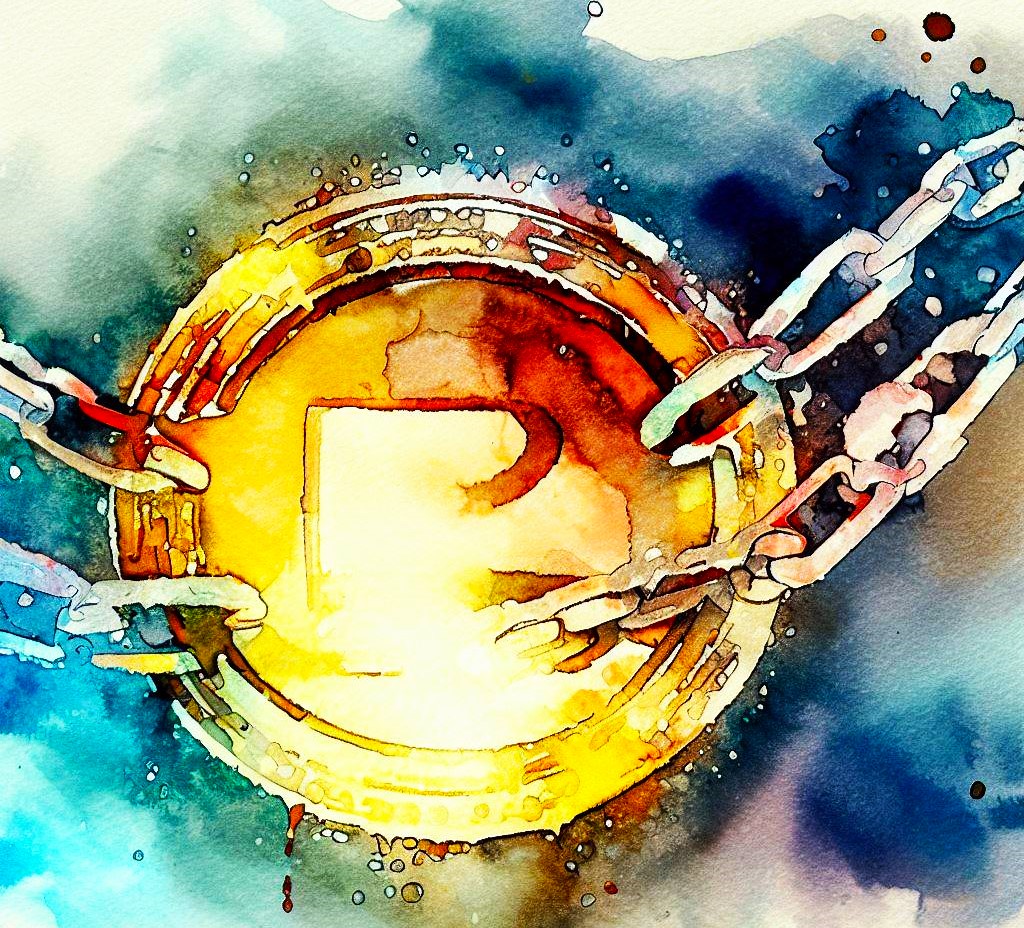Oscar Wilde 1854 – 1900
This quote is from ‘Lady Windermere’s Fan’.

This quote is from ‘Lady Windermere’s Fan’.

Singapore’s financial regulator has reportedly said it had finalised rules for a type of digital currency called ‘stablecoin’, placing it among some of first the regulators worldwide to do so.
Stablecoins are a type of digital currency designed to hold a constant value against a fiat currency. Many claim to be backed by a reserve of real-world assets, such as cash or government bonds.
Reserves that back stabelcoins must be held in low-risk and highly-liquid assets. They must equal or exceed the value of the stablecoin in circulation at all times, the rules say. The stablecoin market is valued at around $125 billion, with two tokens – Tether’s USDT and Circle’s USDC – dominating roughly 90% of the market cap value. Stablecoins are broadly unregulated around the world.
These rules will apply to stablecoins that are issued in Singapore and mimic the value of the Singapore dollar, or of any G10 currencies, such as the U.S. dollar.

Last year, the collapse of a so-called algorithmic stablecoin named UST put this type of stablecoin in the crosshairs of regulators. Unlike USDT and USDC, UST was governed by an algorithm and did not have real-world assets like bonds in its reserves.
Singapore’s stablecoin framework puts it among one of the first jurisdictions to have such rules. In June, the U.K. passed a law that gives regulators the ability to oversee stablecoins, though there are no concrete rules yet. Hong Kong is meanwhile undergoing a public consultation on stablecoins and seeks to introduce regulation next year.
A stablecoin is a type of cryptocurrency that tries to maintain a stable value by being pegged to another asset, such as a fiat currency, a commodity, or another cryptocurrency. Stablecoins aim to offer the benefits of cryptocurrencies, such as decentralisation, security, and transparency, without the drawbacks of high volatility and price fluctuations.
Stablecoins can be used for payments, remittances, trading, and storing value. However, stablecoins also face some challenges and risks, such as regulatory uncertainty, technical issues, and trust issues.
There are different ways to create and manage stablecoins, depending on the mechanism used to stabilize their value.
Crypto has attracted a lot of attention in recent years. Crypto is short for cryptocurrency, which is a digital or virtual currency that uses cryptography to secure and verify transactions. Crypto can also refer to the underlying technology that powers cryptocurrencies, such as blockchain.
Some examples of popular cryptocurrencies are Bitcoin, Ethereum, Ripple ( XRP)and Cardano (ADA).

Cryptocurrencies have many advantages over traditional currencies, such as decentralisation, transparency, anonymity, and lower fees. However, they also face some challenges, such as volatility, regulation, security, and scalability. Crypto enthusiasts believe that cryptocurrencies have the potential to revolutionise the world of finance and beyond.
Some examples of popular stablecoins are Tether, USD Coin and Binance USD.
Asia is promoting clear crypto rules at a time when large businesses are facing regulatory uncertainty in the U.S.
Some Asian countries that have taken the lead in crypto regulation include Singapore, Hong Kong, Japan, and South Korea. They have proposed or implemented frameworks that protect investors, prevent money laundering, and encourage innovation in the crypto industry.
In contrast, the U.S. has been singled out for its lack of clarity and consistency in crypto regulation. The SEC for instance and other agencies have different views on how to classify and regulate crypto assets – take alook at the case with XRP and ripple of recent years.
Some industry leaders have threatened to leave the U.S. or sued the regulators over their actions. There is also a debate in Congress that could level crypto transactions with a tax.
As a result, some analysts have suggested that Asia could become more attractive to investors and innovators in the crypto industry, as it offers more certainty and stability in the regulatory environment.
However, there are also challenges and risks involved in crypto regulation, such as balancing security and innovation, ensuring compliance and enforcement, and dealing with cross-border issue.
Welcome to the birth of digtal currency.